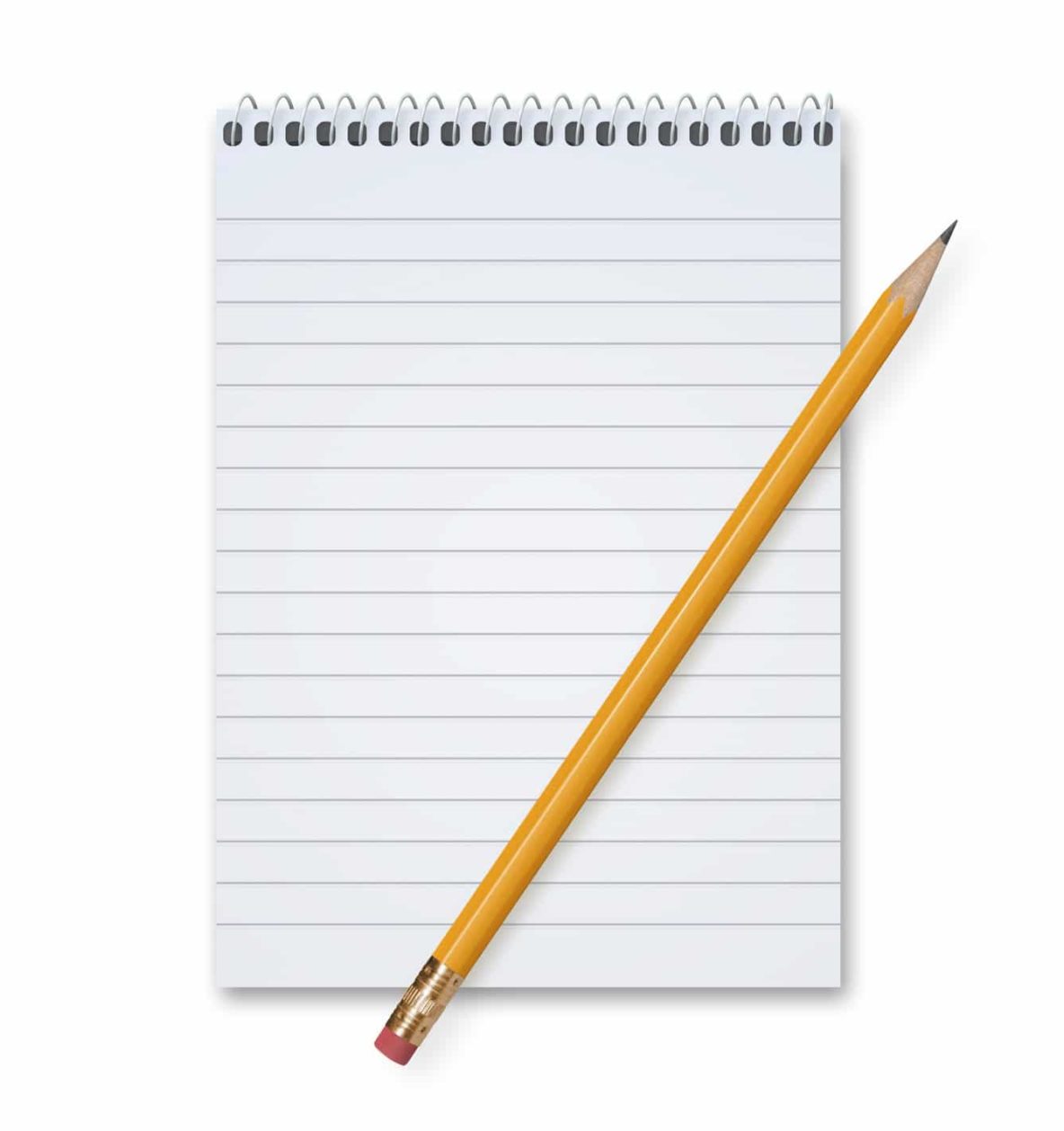Most judges allow jurors to take notes during trials. At the commencement of the trial, the jury is handed small notepads and pencils for note taking. The judge also typically gives the jury some basic administrative instructions about what to do with the notebooks when they are finished each day.
Once those notepads are handed out, though, the jurors are largely on their own in terms of determining what to write down and when. Ideally, jurors will write down any note that they feel they’d like to remember later when they deliberate.
But, how will the jurors know what facts, evidence or other details are the most important to remember? If you agree with me that evidence at trials is often like a puzzle (see my earlier post on explaining the puzzle to jurors), a jury is not likely always to understand why pieces of evidence are important, until later, when the time has passed to take note of it.
As a trial lawyer, I find the lack of guidance on note taking leaves too much up to chance.
I don’t want jurors to be alone in deciding what notes they should take. As in every other aspect of the trial, I want to help guide them. And, I want to do whatever I can to make sure that the most important notes actually make it into the notebook. That notebook is one key to ensuring good trial communication with the jury.
The Notebook is a Great Jury Communication Tool — For Attorneys
Here are 10 tips for fine tuning your trial presentation so that jurors are writing down the details you want into their notebooks:
- Prepare the jury to use their notebooks. During your Opening Statement, let jurors know that you will try to present evidence in such a way that they can get the most important details into their notebooks.
- Signal to the jury that a detail is important. Learn how to vary your vocal tone, and become slightly more professorial and authoritative when you get to important details so that jurors take notes in their juror notebooks (I give a specific example of this technique in an earlier post on how “Exhibit Numbers are Crucial”.).
- Create Charts on the Fly. Write down details for jurors on large charts in big, clear writing so that jurors understand that these details have particular significance for their juror notebooks. Star, circle, point to, or underline details.
- Use Lists. As you ask questions, or present information, employ numbered or bulleted lists which lend themselves to easy note taking. And don’t forget providing a key to technical vocabulary to the jury, which they can write down in their notes (see my earlier post about how to “Make Industry-Specific Details Clear to Jury”).
- Speak clearly and distinctly, and encourage witnesses to do the same. This tip might seem obvious, but it always amazes me when experienced trial attorneys do things that get in the way of their communication with jurors. Jurors who can’t hear details, won’t take notes on details, so make sure jurors can hear and understand you. And if a witness can’t be heard, ask them to repeat what they said. And, don’t forget to ask the judge to instruct the low-volume witness to speak more audibly. It’s important for the jury to consider you their partner and guide in the search for details and, ultimately, the truth. Your making efforts to ensure the jury have the details goes a long way to furthering their positive perception of you.
- Provide precise details, which trigger the need for note taking. Let’s say that you are trying a case involving a timeline of dates. Make each precise date an important detail. For instance, if you just talked about Friday April 12, don’t refer to the next date as “one week later.” Call it “Friday April 19”. Jurors are more likely to hear and keep track of a detail that they understand is stated precisely. Treat truly important details as truly important, and jurors will make note of the details — and write them down.
- Tell Jurors About Important Trial Items that are Not Evidence. Throughout any trial, you might use demonstrative exhibits, lists, or other items that are not admitted as evidence, but you have nonetheless been permitted to use or show to the jury. In your Closing Argument, remind jurors that they will not have the specific items with them in the jury room, and give them an opportunity to take down the details in their notes during the Closing Argument. Even better, if you are going to use a demonstrative for discussion during the case, ask the judge to let the jury know in advance that the document itself is not likely to be available in the jury room, so they can feel free to write down any details now.
- Create Opportunities in Your Pacing for Note Taking. If you move too quickly through evidence and details, jurors won’t be able to get it down easily in their notes. Proceed at a pace that lends itself to note taking. Build short silences into examination to let jurors catch up.
- Try a Recap of Important Evidence Before You Continue. When appropriate, summarize or recap evidence or important points, giving the jury an additional opportunity to get items in their notes.
- Make Note Taking the Focus of a Question. If you are examining a witness on a subject that might be hard to follow, ask the witness to slow down in his/her explanation, “so that the ladies and gentleman of the jury can get the answer down in their notes, if they choose.” This technique works especially well with complicated or technical testimony.
It’s vital that the jury have access to every important detail during deliberation. One way to ensure this access to detail is by paying attention to, and shaping what they include in, their notes. Fine tune your trial presentation to focus on the details the jury writes down. You will help the jury help you. That’s a winning strategy. — Larry

